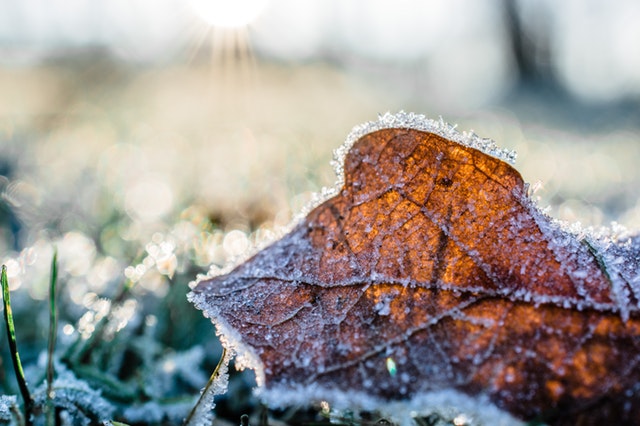Ways to Stay Safe During the Holidays
 The arrival of fall, with cooler temperatures followed by a season of holiday celebrations, means getting cozy at home, spending more time cooking and enjoying friends and family in front of a blazing fire, and lighting up your home for a series of holidays. Sadly, though, it is also a time that carries a higher risk of property losses due to fire and accidental injuries.
The arrival of fall, with cooler temperatures followed by a season of holiday celebrations, means getting cozy at home, spending more time cooking and enjoying friends and family in front of a blazing fire, and lighting up your home for a series of holidays. Sadly, though, it is also a time that carries a higher risk of property losses due to fire and accidental injuries.
Here are some guidelines about how to reduce those risks and stay safe this winter:
Keep The Kitchen Safe
Serious burns and kitchen fires can dampen any holiday celebration. Statistics show that Thanksgiving and Christmas holidays can be especially prone to accidental kitchen fires and injury. If you have guests helping out, or children in the kitchen, be especially watchful. Don’t overload circuits and never let electrical cords dangle over counters. Supervise young helpers, and know what to do in case of a stove-top grease fire or a sparking appliance.
Check The Fireplace
There’s nothing as cozy as a roaring fire on a chilly winter evening. But follow the rules for fireplace safety: Have a proper screen, don’t throw paper into the fire, and check the damper and chimney spark arrestor. Whether you have a traditional fireplace or a gas-fueled metal firebox, perform a pre-season check to assure that everything is operating properly before lighting that first fire.
Candle Safety
Candles are a huge risk during the holiday season, from Halloween on through New Years. As pretty as they are, wax candles should never be left to burn unattended, indoors or out. If you want to line your sidewalk with jack-o-lanterns or create a glowing pathway for winter guests, consider battery-operated candles for safety. Indoors, keep candles away from draperies, drafts and flammable decorations, and don’t ever place candles on a Christmas tree or among pine boughs on a mantel or dining room table. It’s simply too dangerous.
Trees And Home Decorations
If lighting up the home for the holidays is a tradition for your family, check the UL label for both indoor and outdoor lighting and never overload a circuit. Use care when stringing lights, and turn them off when you’re not at home. Check ornament labels — look for flame retardant and non-flammable certification. Always turn lights off at night or when you’re not at home.
General Safety Precautions
Autumn is also the prime time to test your home’s smoke alarms. It’s smart to stage a family fire drill. Go over your escape plan in case of fire, and be sure to inform guests about what to do in case of emergency. In addition, if you don’t already have a carbon monoxide detector, why not consider installing one this fall?
Staying safe is a family responsibility, one that you should take seriously!
If you are looking for a new home or interested in refinancing your current property this winter, be sure to contact your trusted home mortgage professional to discuss current financing options.

 In some parts of the country, it has already started snowing! But, even if you live in an area with a moderate climate, your lawn and garden are about to take a “winter break.”
In some parts of the country, it has already started snowing! But, even if you live in an area with a moderate climate, your lawn and garden are about to take a “winter break.”